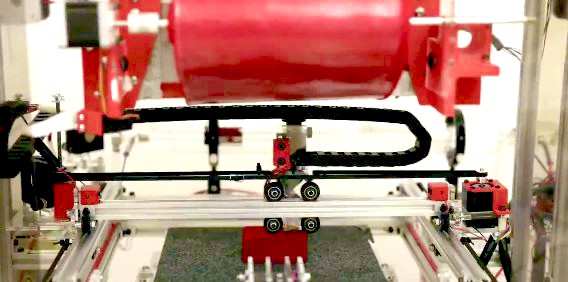As the 3D printing technology sector becomes more appealing to many firms, the China Food and Drug Administration recently held a conference on 3D-printed medical equipment and related regulations in Beijing, June 25.
The Chinese food and drug regulator's two-day seminar aimed to boost the understanding of the said technology and the regulatory facets concerning its use.
In the paper issued by the administration, it confirmed that a few Chinese corporations have entered the 3D printing business.
Only a handful of firms were curious just three years ago, according to the press release.
According to a report, the 3D printing sector filed a fair annual growth of 27.4 percent over the past three years.
The 3D printing sector is set to become a $6-billion business in 2019.
Sichuan Languang Development is now working on the development of biomaterials that can be used in 3D printing.
Another company, the Silver Age Holding, is moving from desktop applications to industrial 3D printing. It unveiled earlier this year polyamide (PA) powder that can be used in industrial 3D printers.
Tan Songbin, chairman of Silver Age, said that the firm also plans to propose polyether ether ketone (PEEK) materials for medical uses later this year, and is promoting the use of metals, including titanium, in 3D printing.
State-owned aircraft maker AVIC's subdivision, AVIC Laser, also intensified the use of 3D technology aviation and space manufacturings.
“The aviation and space sectors are expected to be the first companies to benefit from progress of 3D printing technology, which will help reduce production costs,” said Luo Jun, CEO of the World 3D Printing Technology Industry Alliance.
Luo added that the auto industry is also set to see the benefit of reduced costs, as well as higher production efficiency and shorter development time for new products.



























